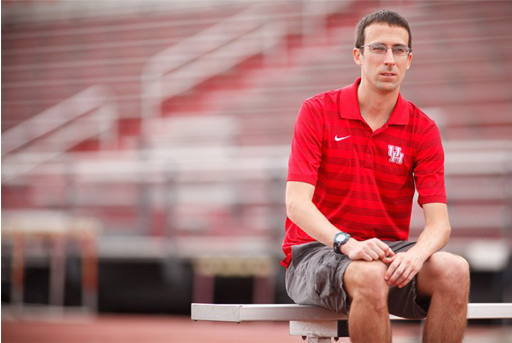2 Case study: Steve Magness
The author Steve Magness (whose cratfsperson quote opened this session) has spoken about his unidimensional identity as a top runner.

This next activity adds further to your understanding of the identity–burnout relationship.
Activity 2 Identifying with athletic performance
Listen to the audio below of Magness describing how his and others’ identity can easily become too closely connected to running performances. He describes his athletic identity, in places, as an ‘obsessive passion’ and refers to an author called Vallerand et al. (2003) who has written about this topic.
Whilst listening to the audio consider the following question: what are the likely risks of identity becoming tied in with performance?
Transcript: Audio 1
Discussion
Magness describes how, in his American high school and college years, running was all that mattered and nothing else came close. He identified a shift in motivation with this unidimensional athletic identity as he and individuals he worked with became afraid to lose or to fail. This can lead to intense anxiety and fear due to self-esteem from performance being so closely associated with their identity. The risk was that not living up to expectations in running competitions may become, in his words, ‘an assault on the sole core of myself’.
You will next consider your own identity – this analysis may help you understand why identity and self-esteem are such key concepts within burnout.
